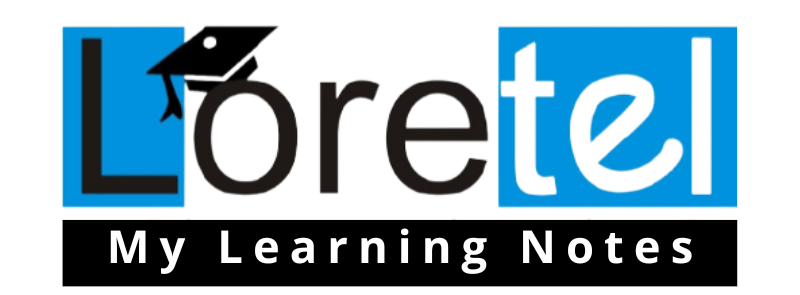Transforming Education: Building a Better Tomorrow
Introduction
Education is the cornerstone of progress and development in any society. It empowers individuals, shapes future leaders, and fuels innovation. However, the education system is far from perfect, and there is always room for improvement. In this blog, we’ll explore the challenges and opportunities within the education system and discuss how we can work together to create a more effective and inclusive learning environment.
- The Current Landscape
Our education system has come a long way, but it faces several pressing challenges:
a. Inequality: Educational opportunities are often unevenly distributed, with marginalized communities facing fewer resources and poorer outcomes.
b. Standardization: A one-size-fits-all approach to education doesn’t accommodate diverse learning styles and individual talents.
c. Technological Gaps: The digital divide widens as technology becomes more integrated into education, leaving some students at a disadvantage.
d. High Stress Levels: Excessive focus on exams and grades can lead to stress and mental health issues among students.
- The Need for Reform
Education reform is essential to address these issues and create a system that meets the needs of all learners. Key areas of focus include:
a. Personalized Learning: Tailoring education to individual students’ strengths, interests, and needs can promote better engagement and outcomes.
b. Equity and Inclusion: Ensuring that every student, regardless of their background or abilities, has equal access to quality education is crucial.
c. Digital Literacy: Preparing students for the digital age by teaching digital skills and online safety is a necessity.
d. Emphasizing Skills Over Grades: Shifting the focus from grades to skills like critical thinking, problem-solving, and creativity can prepare students for the challenges of the future.
- Innovative Approaches
Several innovative approaches are being implemented worldwide to revamp the education system:
a. Blended Learning: Combining traditional classroom teaching with online resources can provide more flexible and personalized learning experiences.
b. Project-Based Learning: Encouraging students to work on real-world projects fosters creativity and problem-solving skills.
c. STEAM Education: Integrating science, technology, engineering, arts, and mathematics into the curriculum prepares students for STEM careers and promotes interdisciplinary thinking.
d. Social-Emotional Learning (SEL): Teaching emotional intelligence and social skills can help students better navigate relationships and reduce stress.
- The Role of Teachers
Teachers play a pivotal role in transforming education. They need adequate training, support, and resources to implement these innovative approaches effectively. Recognizing and valuing their contributions is vital to improving the education system.
- The Importance of Lifelong Learning
Education shouldn’t stop after graduation. Encouraging lifelong learning and upskilling is crucial in an ever-changing world. It helps individuals adapt to new technologies and career opportunities, ensuring their continued success.
Conclusion
The journey to improving our education system is ongoing, and it requires collaboration between educators, policymakers, parents, and communities. By addressing the challenges, embracing innovation, and prioritizing the well-being of students, we can create a more inclusive, effective, and equitable education system that empowers individuals to reach their full potential. Education is the key to a brighter future, and together, we can unlock its full potential.


Leave a Reply